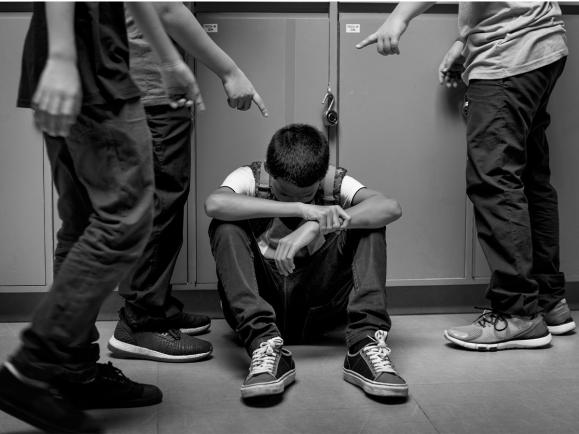
School bullying is something that is dealt with all over the world, and in a new study by WalletHub, it identified the best and worst states with school bullying problems. Researchers examined 47 states and the District of Columbia on 20 key metrics bullying-incident rates to truancy costs for schools to the number of high school students bullied online. “About 20% of students ages 12-18 experience bullying, whether in-person, online or both,” WalletHub states. According to the new study, California has earned the top spot as the worst state in the U.S. with bullying problems. Alaska, Nevada, New Jersey and Louisiana follow behind with worst bullying problems in the U.S. while Delaware comes in last place with the least amount of bullying problems. Other states that come in with the lowest rates of bullying are Massachusetts, Rhode Island, District of Columbia and Maine.
WalletHub studied specific types of school bullying and compared the states with the lowest ranking to the highest. For example, when it comes to high school students bullied on school property, Alaska has the highest percent with 25.50 while Delaware has the lowest percentage at 10.20. For online bullying, New Hampshire has the worst percentage with 21.80 while District of Columbia has the lowest percentage with 8.90. Experts weighed in with their opinions on the school bullying issue in the U.S., giving their thoughts on the main factors that can put a child a risk of being bullied. “A child may be at risk of being bullied for many reasons or no reason at all. Bullying may take many forms and can range from unkind words to acts of physical violence and may take place in person or online. Whatever form bullying takes it must by definition occur on multiple occasions. A child's race, ethnicity, religion, gender, sexuality, learning disability, physical disability, weight, and socioeconomic factors are among the factors that may put a child at risk of being bullied,” said Dr. Lori Latrice Martin, Associate Dean and Professor at Louisiana State University. When it comes to ways to prevent bullying, Martin said that it should start with school systems. “School systems should have programs in place that protect children from bullying by fully investigating reports by students, parents, or other concerned individuals. Teachers and other school personnel should receive research-based training on identifying bullying and developing strategies to de-escalate conflicts. There must be accountability at various levels. School administrators must be held accountable for protecting students and providing services or referrals for students as needed.”

